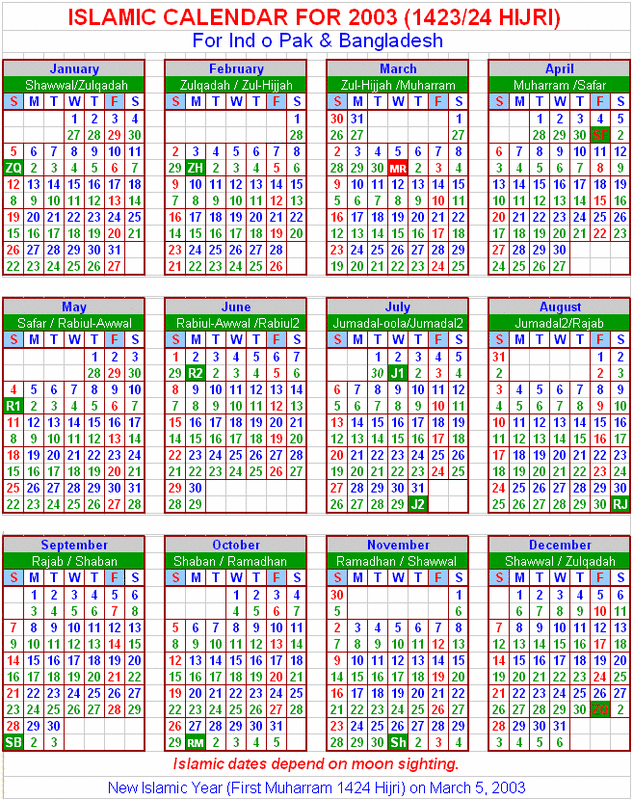

This is usually used only to refer to a whole year (ie it is an integer value). In this context it also seems sensible to define more closely what the term cal BP means chronologically. Some sample date conversions are shown here: OxCal native format The format proposed here, is simply converted to and from that standard: However this measure is very difficult to interpret by eye.

In some ways the best measure of time for this sort of application is Julian Days frequently used in astronomy. As it is the definition provided here is typically within one day of the Besselian astronomical system - the main difference being that it is synchronised to the Gregorian calendar and has a fixed year length. However, this would have been at variance with the other fractional year definitions in current use, and the ISO-8601 year definition which includes a year zero, and so would have been likely to have caused confusion. Some, including the author, may have wished that a convention 1 year lower had been chosen (so that -10 was the start of 10BC and +10 the end of AD10) as this would have made better sense in terms of the definition of the calendar by Bede. For higher precision work the conversions below can be used to convert to many widely used date formats. It should be said that for most practical purposes the numbers can simply be rounded to give the right year ± 1. To show how this works in practice, let us consider some specific examples: to a good approximation G1066.0 is the start of the year AD1066 while G-46.0 is the start of ISO-8601 year -46 which is 47BC in either the Julian or Gregorian calendars. It is hoped that this internal standard will be more widely adopted as a simple and easy to use standard for this type of application. The abbreviation that will be used here is a prefix of G to distinguish it from the two most widely used astronomical fractional year measures which use B for the Besselian epoch dates and J for Julian epoch dates.
#Islamic calendar year converter plus#
The date/time format used is 1.0 plus the real number of Gregorian years (each of which is days) from the start of the Gregorian epoch (01 January 0001 00:00:00 or Julian day ). However, on long timescales it seems a more logical choice than the Julian calendar. Since this calendar was only introduced in 1582 its use prior to this date (often referred to as 'proleptic') needs to be made clear. OxCal uses an internal date/time format which is based on the Gregorian calendar since this is the standard universally accepted for almost all purposes.


 0 kommentar(er)
0 kommentar(er)
